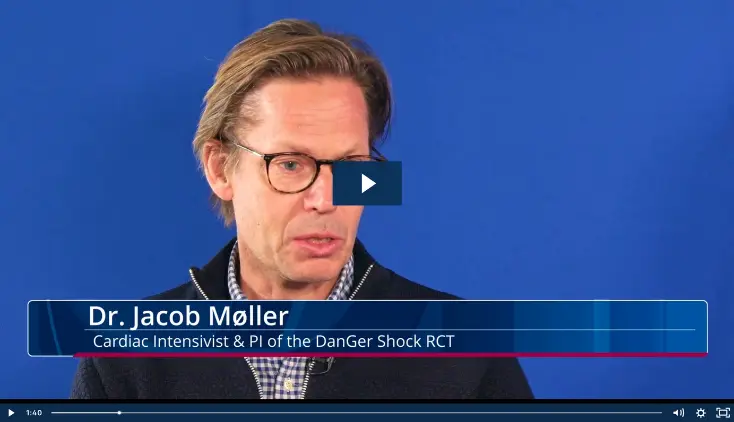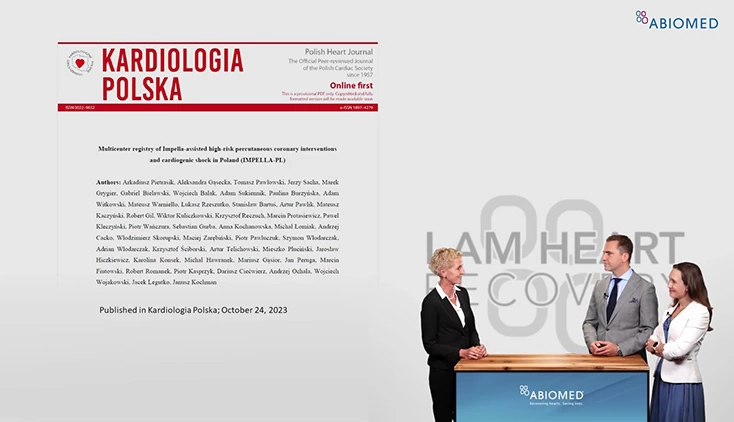Complete Revascularization, Protected PCI
Defining the Optimal Revascularization Strategy During Protected High-Risk Procedures With Impella® Heart Pumps1
by Jan-Malte Sinning, Fadi Al-Rashid, Karim Ibrahim, Cristina Aurigemma, Alaide Chieffo
This article explores optimal revascularization strategies for patients undergoing Protected PCI. The authors note that recently published PROTECT III trial data suggest that more complete revascularization (CR) during Impella-protected PCI with more extensive lesion preparation and treatment results in reduced need for repeat revascularization and improved survival. They recommend that to achieve complete revascularization and improve survival it is essential to have procedural guidance by intravascular imaging, extensive lesion preparation, debulking with atherectomy devices, advanced chronic total occlusion (CTO) revascularization techniques, and post-interventional treatment with modern antiplatelet medication.
“To achieve CR and improve survival, procedural guidance [...] with modern anti-platelet medication are essential.”
While CR is an ideal objective for all patients with multivessel coronary artery disease (CAD) undergoing myocardial revascularization, the authors acknowledge that CR is not always possible in clinical practice. Operators determine whether to treat all lesions in one procedure or to stage revascularization. Contrast volume, length of fluoroscopy, and renal insufficiency may dictate staging a procedure.
To achieve CR, especially in complex cases, interventional cardiologists need to be trained on the use of mechanical circulatory support devices such as the Impella® heart pump, as well as specialized techniques for handling CTOs, calcified vessels, and complex bifurcation disease. Results from the PROTECT III trial have helped to expand knowledge of CR in these complex cases and highlight best practices for Protected PCI.
The article also discusses how operators determine to treat which vessel first. Treatment of the culprit lesion is vital and associated with improved outcomes in patients with cardiogenic shock or acute MI. In more stable patients, the authors write “it may be useful to treat the simpler stenosis first and stabilize perfusion of the unaffected myocardium in the event of complications or low blood flow during treatment of the remaining, more complex lesions.2”
The authors also provide data indicating that non-CTO vessels should be treated first with hemodynamic support and then, if the patient is stable and contrast levels and procedure duration are acceptable, CTO PCI can be performed in the same session. Otherwise, CTO PCI should be performed as a second, staged procedure.
Sign up for Latest Updates
References
- European Heart Journal Supplements, Volume 24, Issue Supplement_J, November 2022, Pages J25–J29
- European Heart Journal Supplements, Volume 24, Issue Supplement_J, November 2022, Pages J28
NPS-3415



